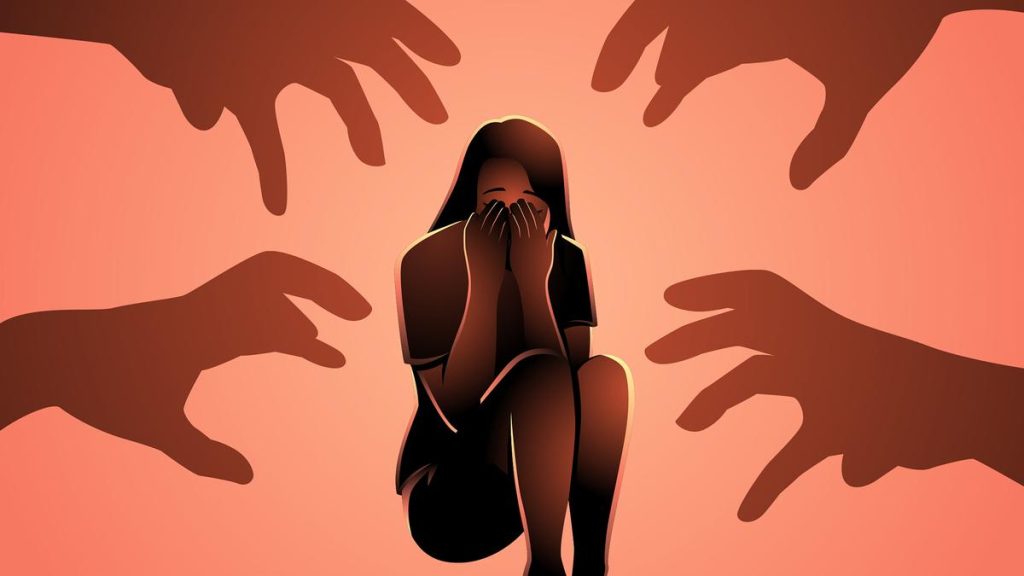Now Reading: West Bengal Sees 25 Daily Drowning Deaths, Half Are Children: Study
-
01
West Bengal Sees 25 Daily Drowning Deaths, Half Are Children: Study
West Bengal Sees 25 Daily Drowning Deaths, Half Are Children: Study

Swift Summary
- World Drowning Prevention Day Highlight: A survey in West Bengal reveals 25 people die daily from drowning, including 12 children. Annual deaths estimated at 9,191-three times previous official estimates.
- Survey Scope: Conducted by The George Institute for Global Health across all 23 districts of West Bengal, covering a population of 18 million and interviewing 15,000 community members.
- Children at High Risk:
– Children aged 1-9 years account for 48% of deaths; toddlers (1-2 years) face a 30% higher risk.
– Most incidents occur within a short distance (50 meters) of homes during noon to early afternoon when caregivers are busy.
– Inadequate supervision cited-93% of incidents happened without adults present.
- global Comparison & Expert Insights:
– WHO states drowning rates declined globally but remain disproportionately high in low-and middle-income countries (92% of fatalities).
– Poor awareness about effective rescue methods leads to harmful practices; CPR with rescue breaths is underutilized (only applied in ~10% of cases).
– Only ~12% sought medical assistance post-drowning incidents.
- Policy Recommendations:
– Fencing water bodies near homes and CPR/rescue training within communities as most first responders are locals.
– Introducing swimming lessons for children to reduce risk factors.
Indian Opinion Analysis
The findings underscore the gravity and preventability of drowning deaths in rural West Bengal. With nearly half the victims being small children and most accidents happening near home due to gaps in adult supervision, structural interventions like fencing ponds or accessible swimming lessons can make critically important headway. The survey also highlights systemic challenges-including underreporting linked to poor health infrastructure-which may obscure further insights into vulnerable regions needing action.
India lags behind global improvements on drowning prevention despite having knowledge-based solutions ready for implementation. Training community members in life-saving practices such as CPR could foster immediate responsiveness locally while reducing reliance on strained medical systems.Partnerships between local authorities, advocacy groups like CINI, and international bodies could catalyze wider adoption across other states beyond West Bengal facing similar risks.Focusing resources toward young demographics through education campaigns alongside infrastructural modifications promises high leverage results toward achieving zero preventable child deaths by drowning-a goal directly aligned with broader public-health agendas nationwide.
























